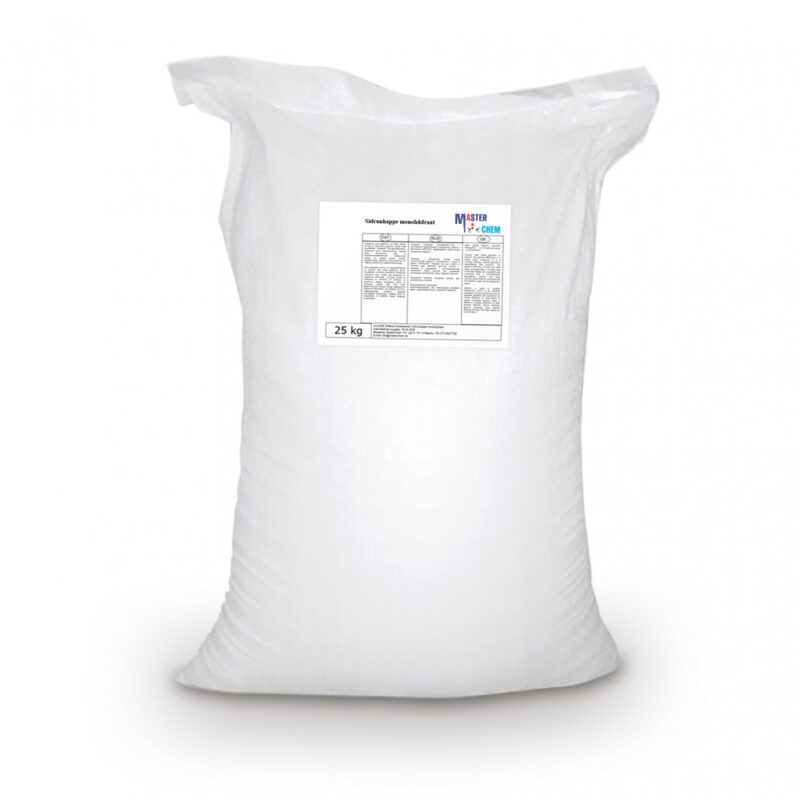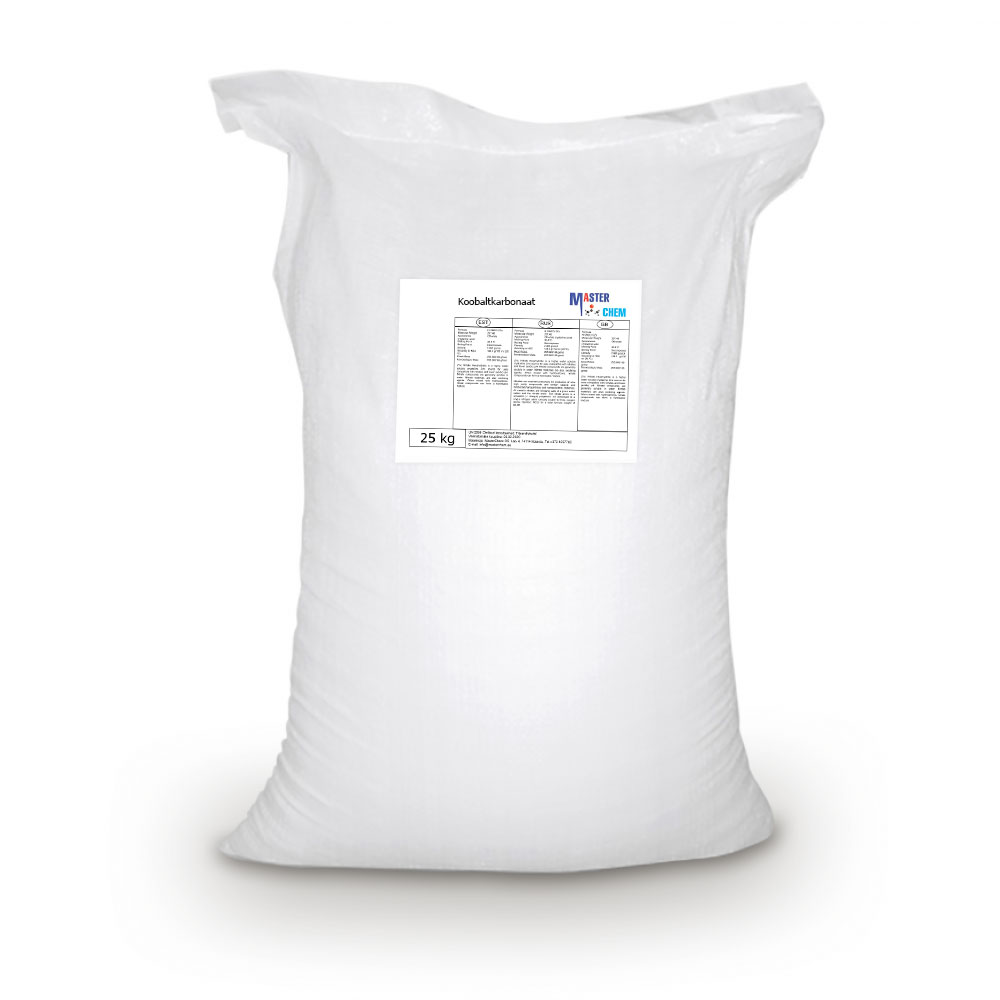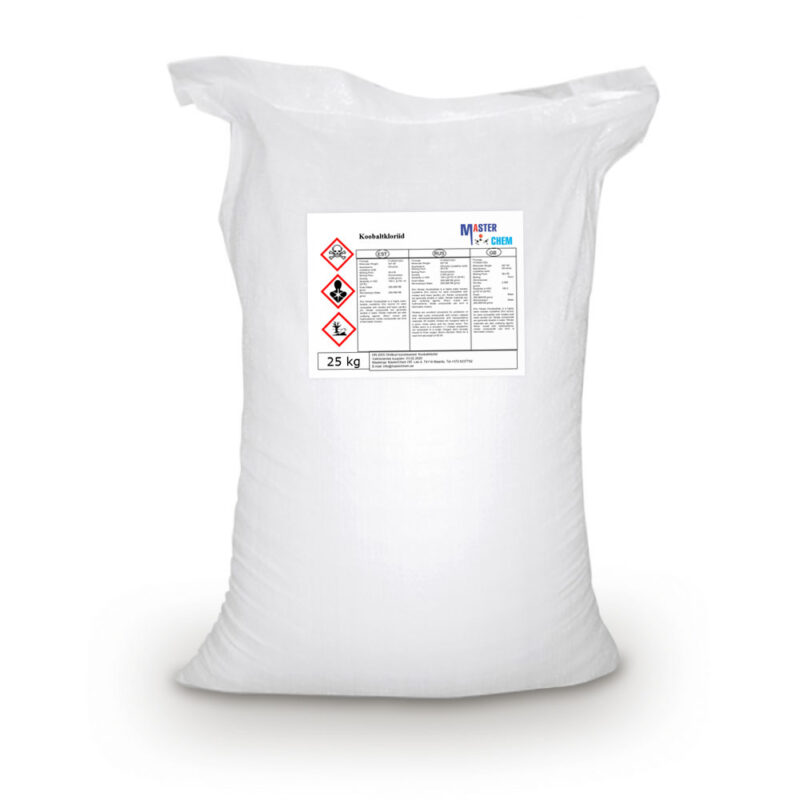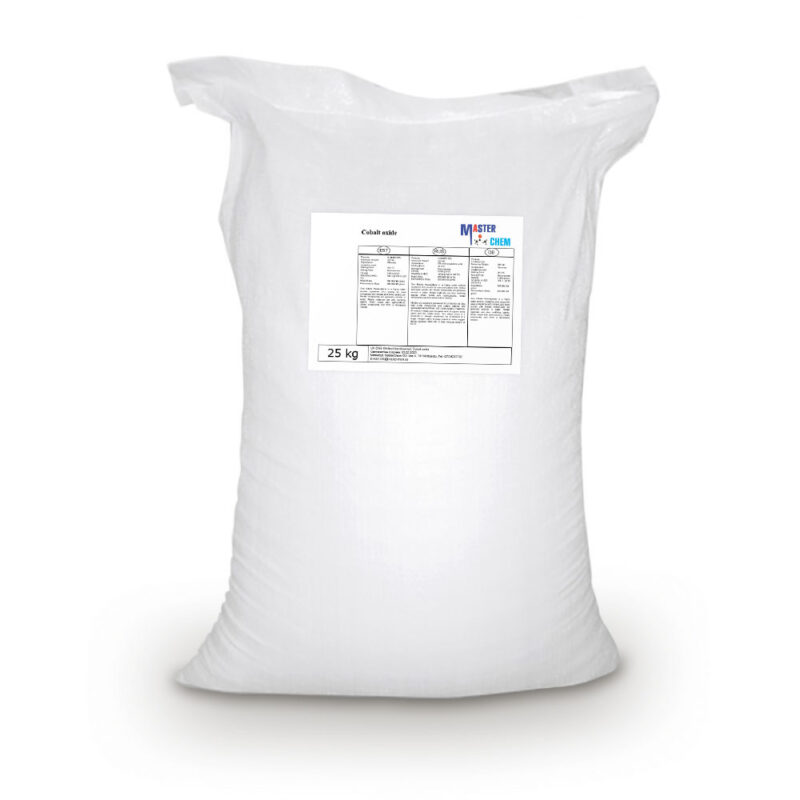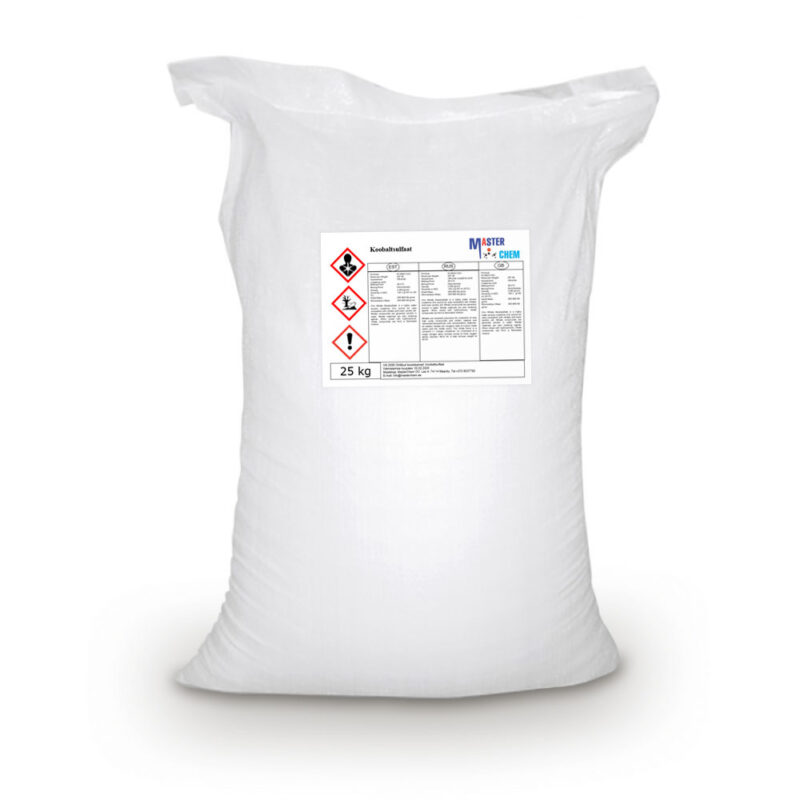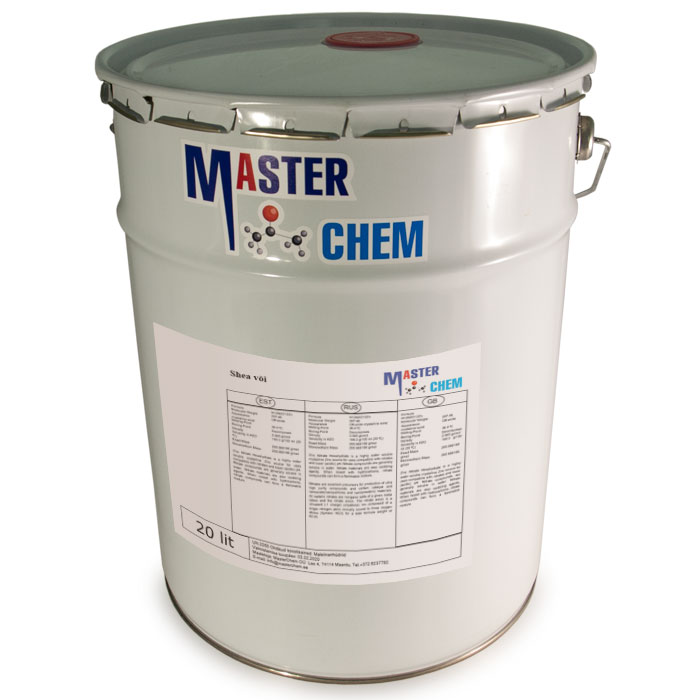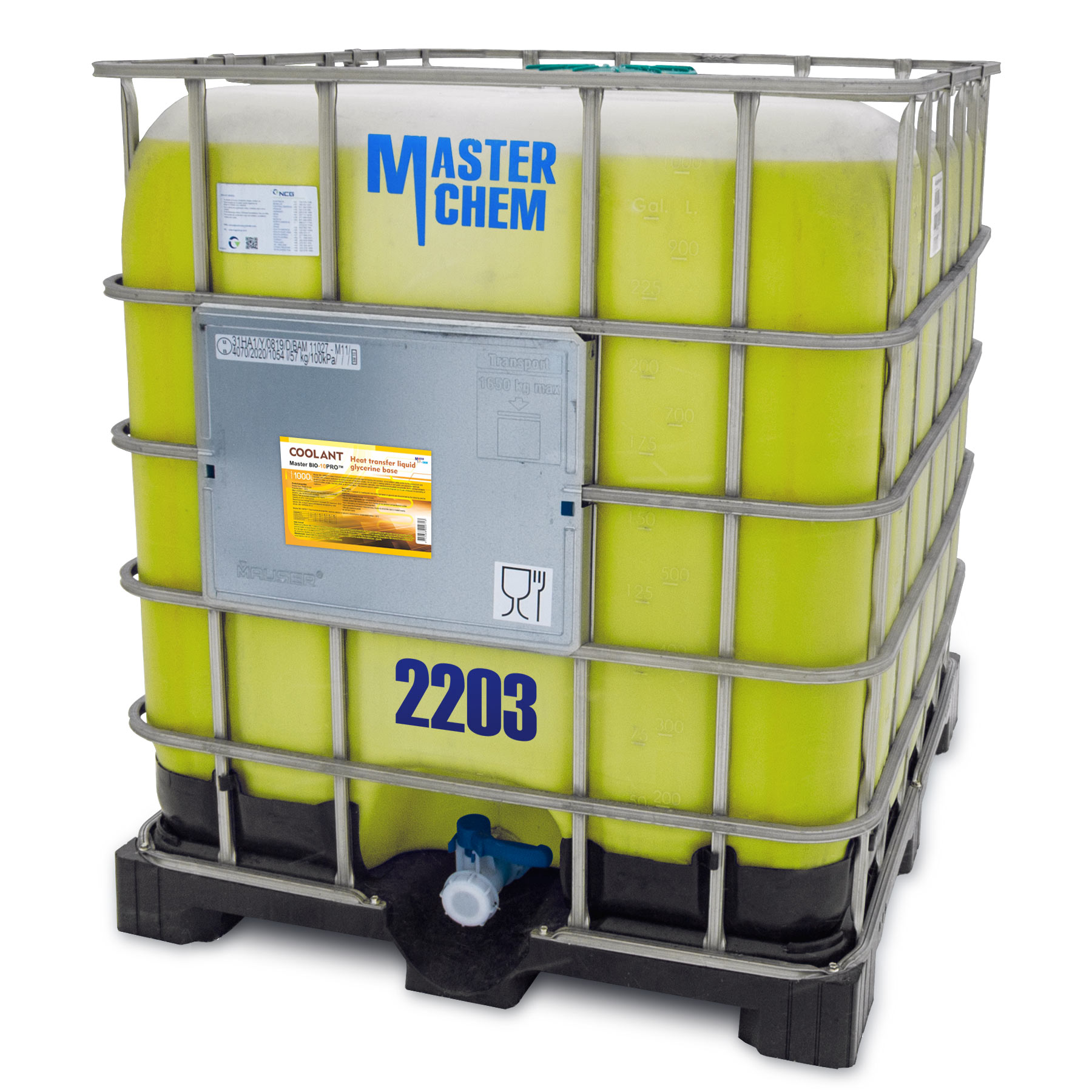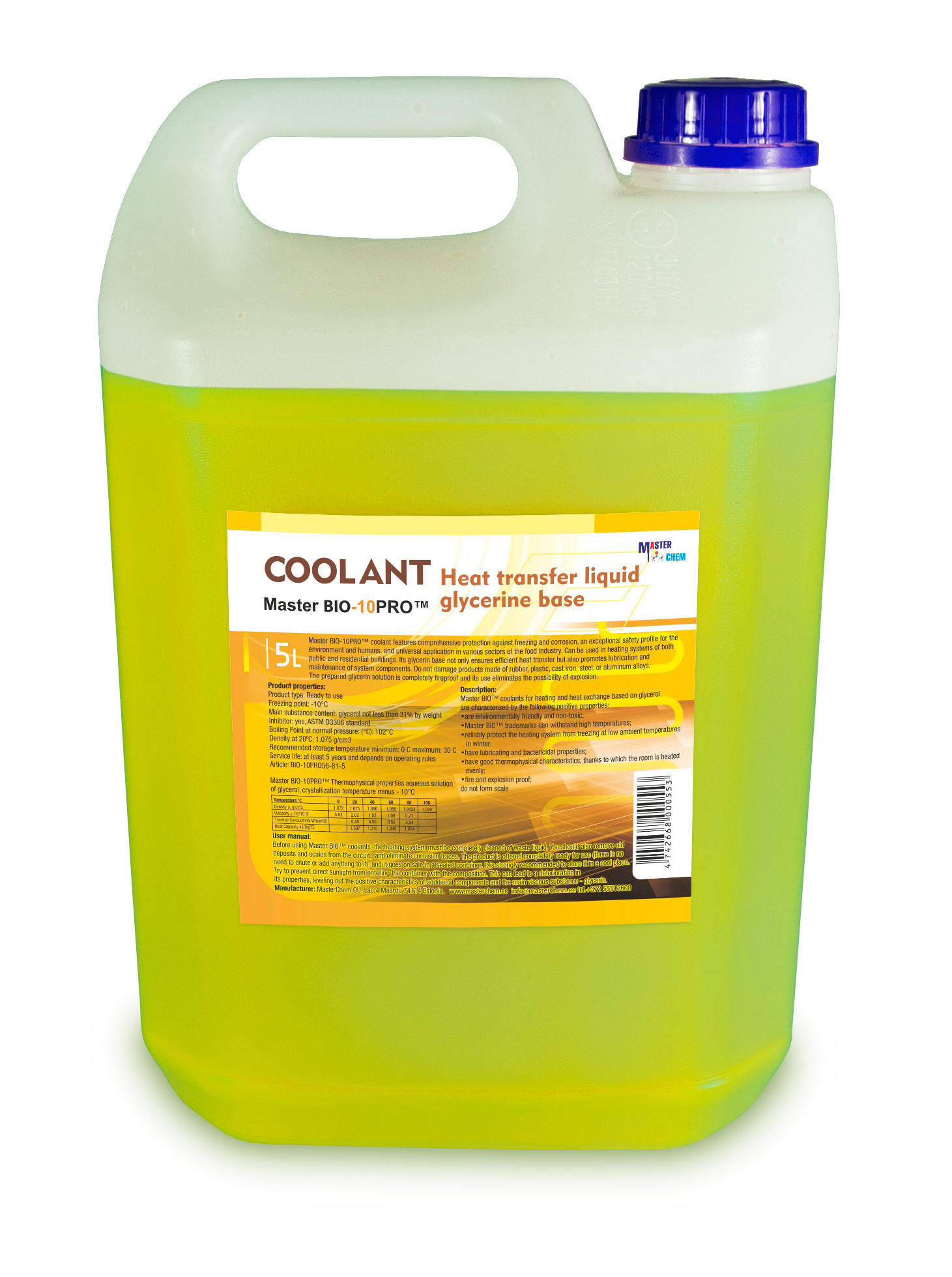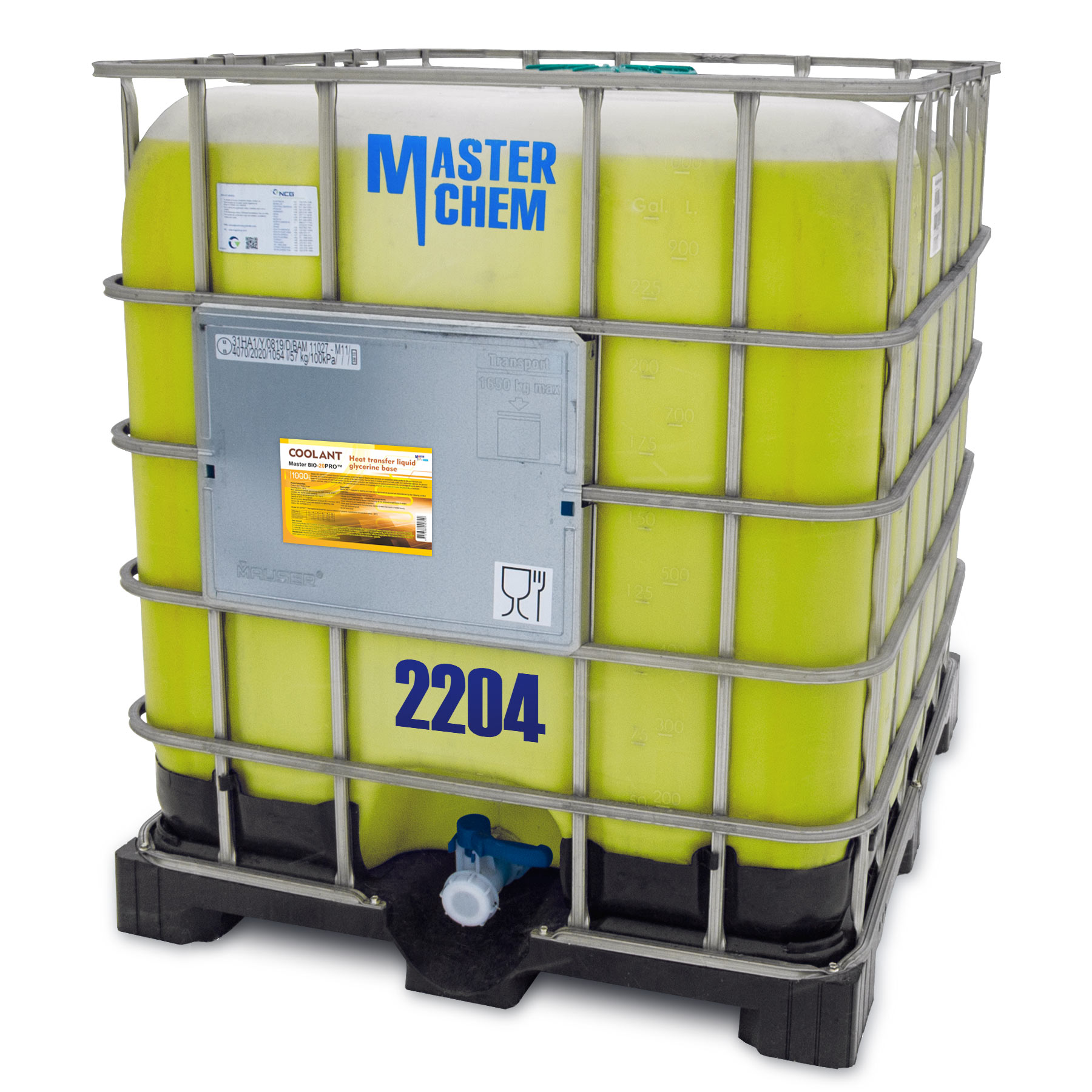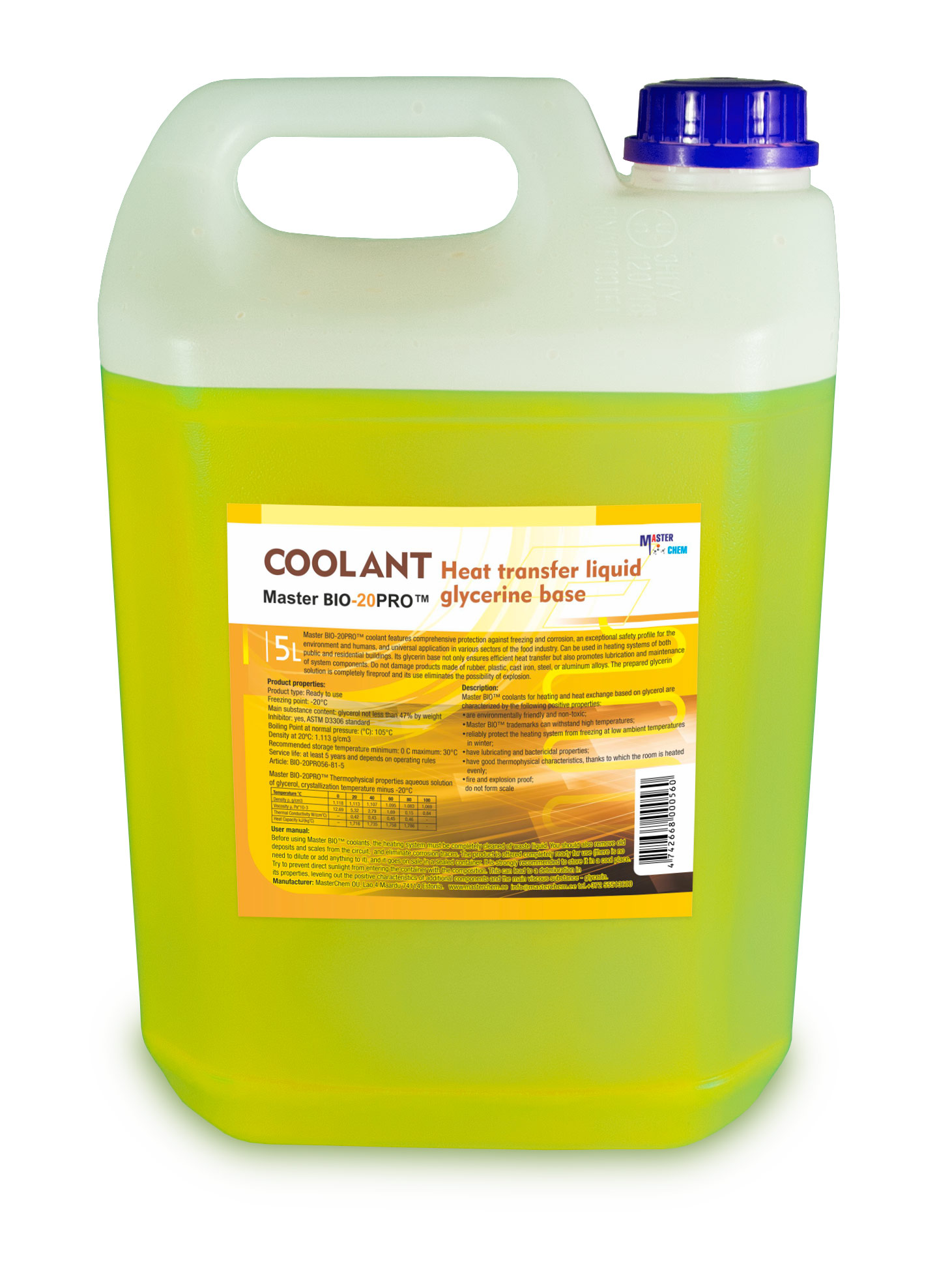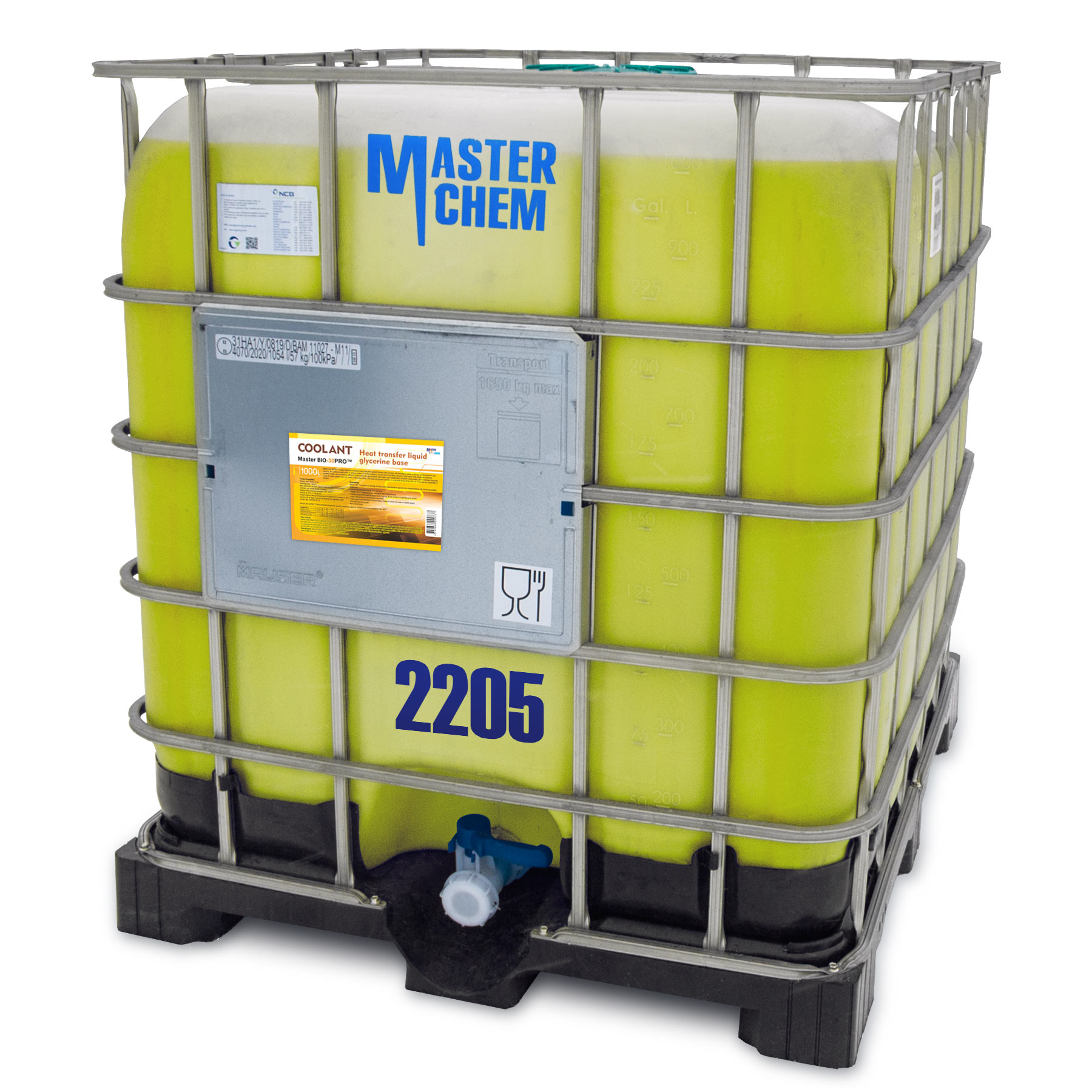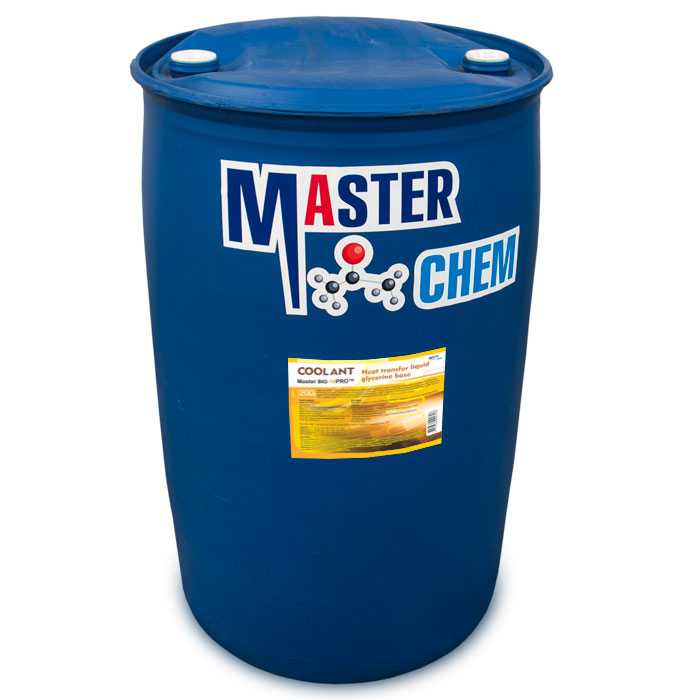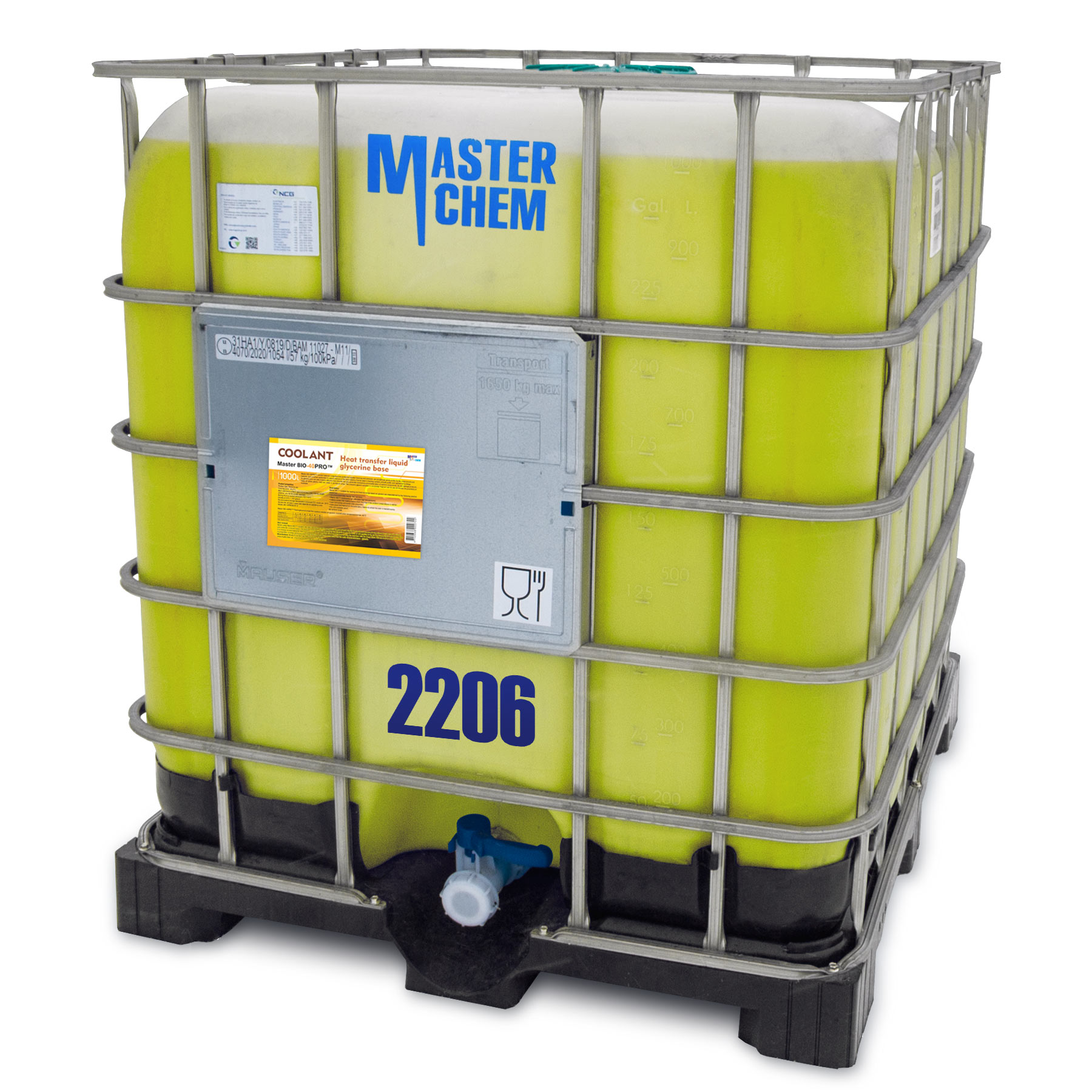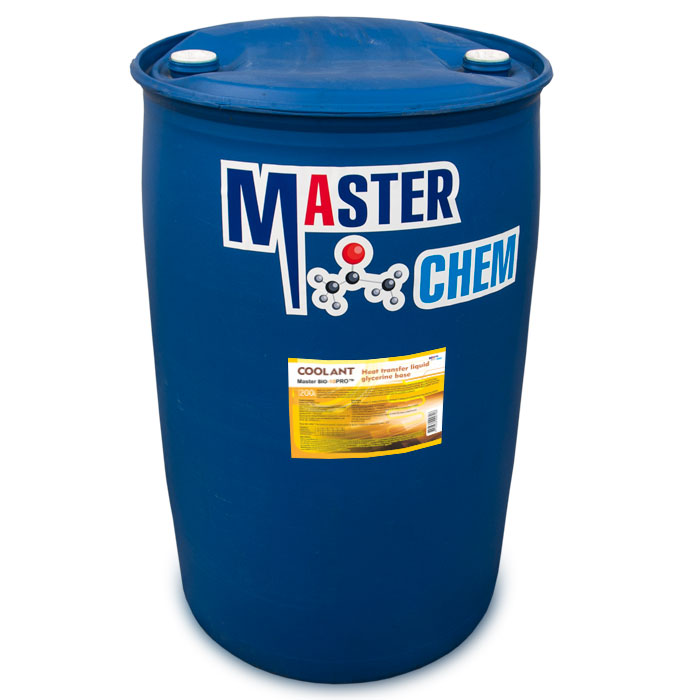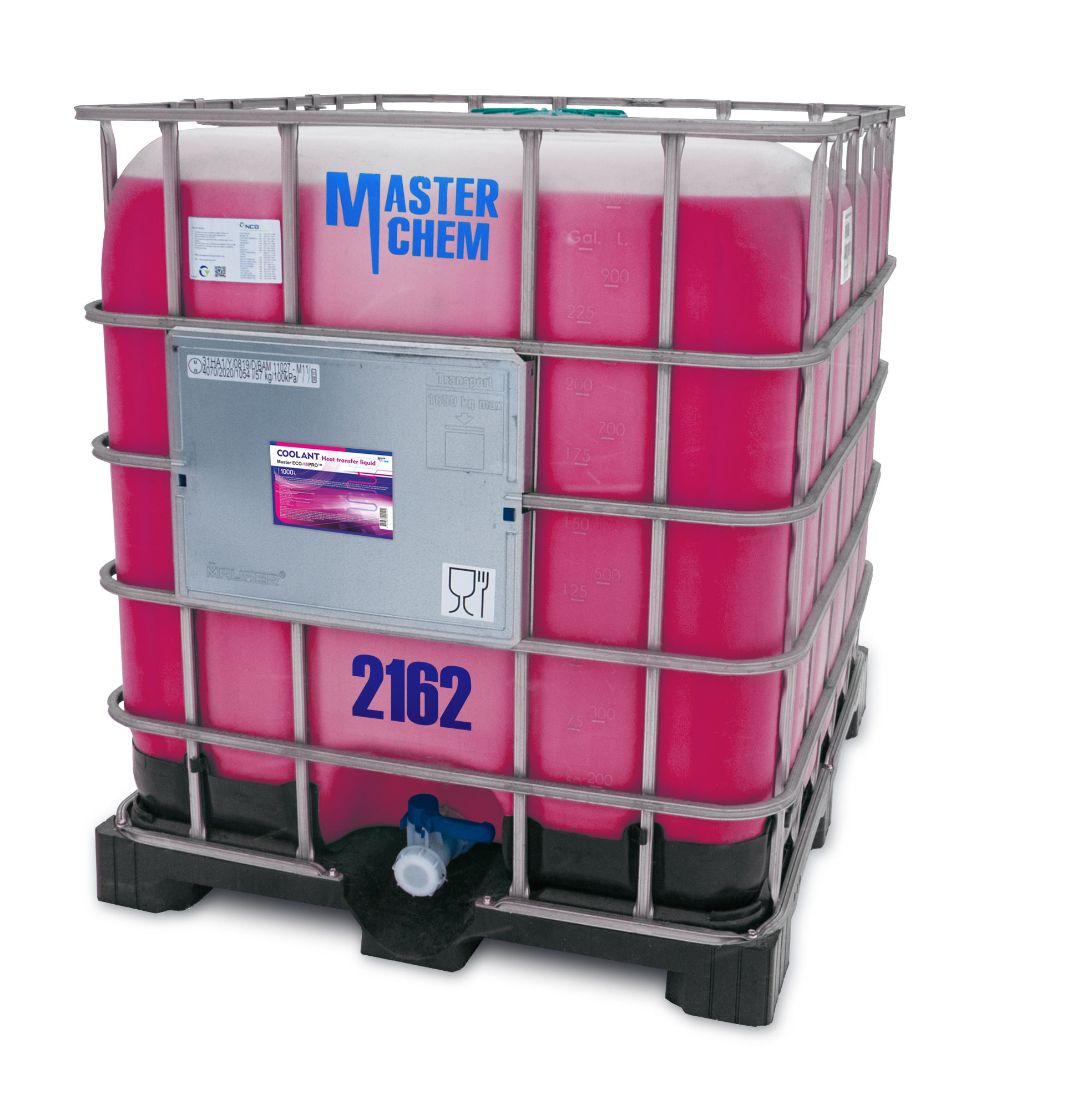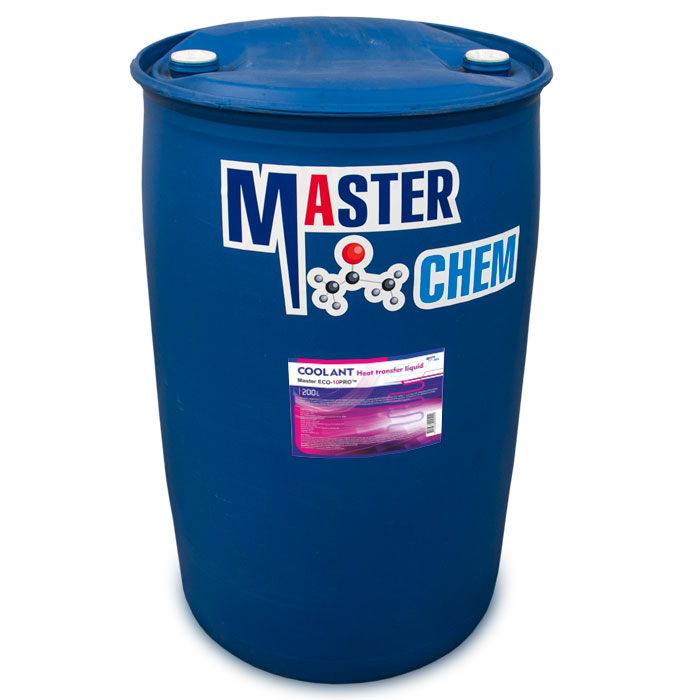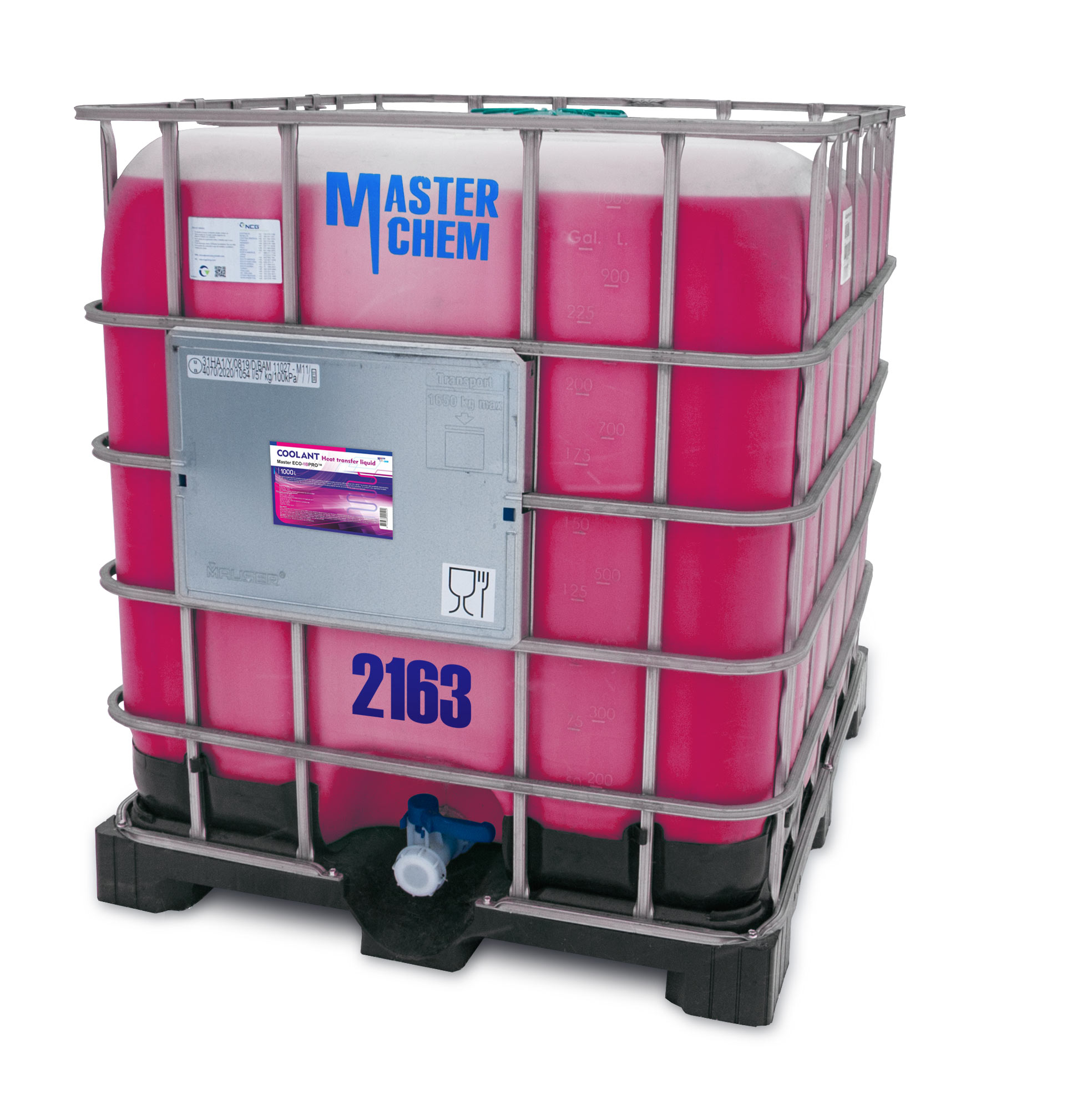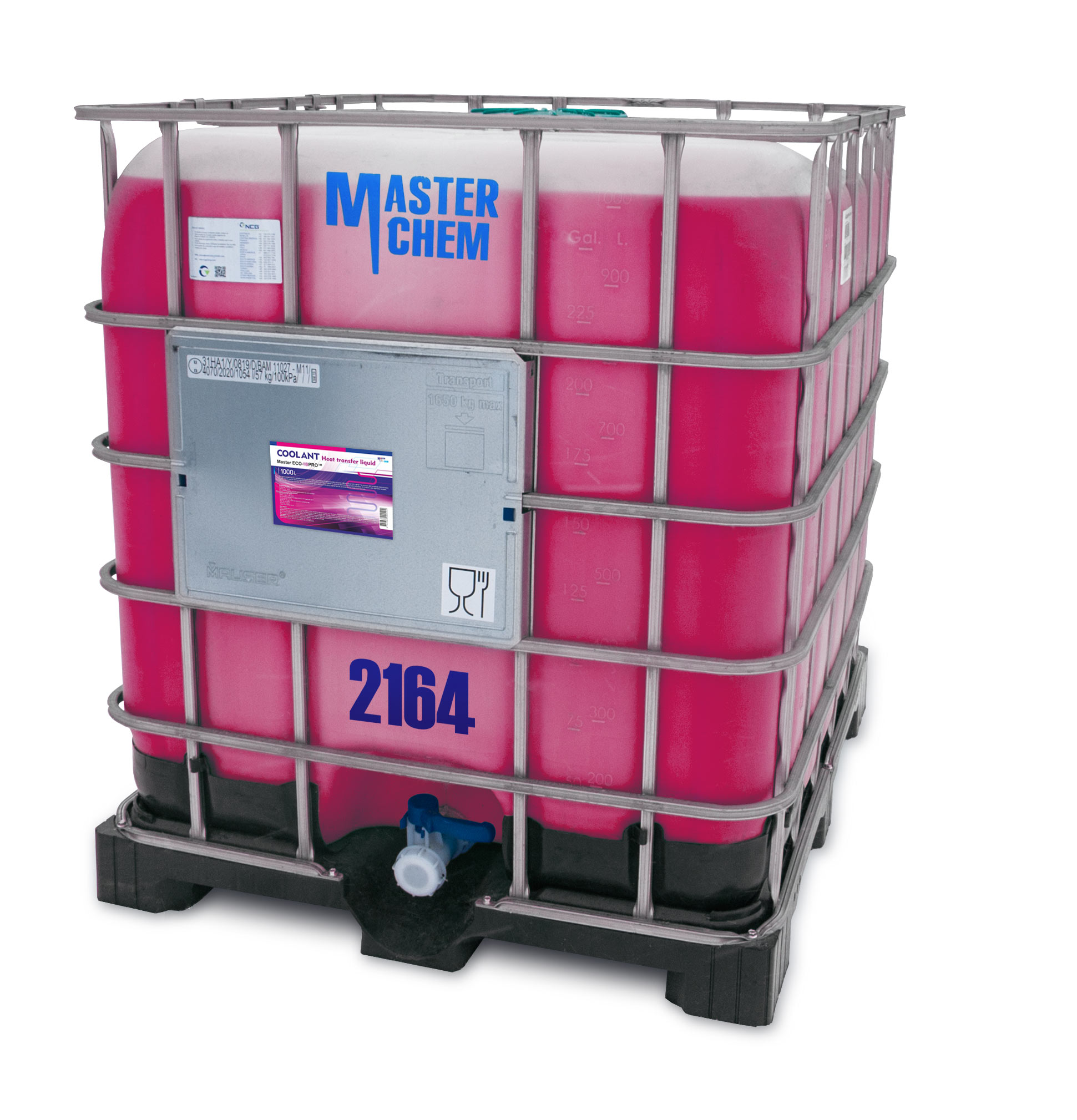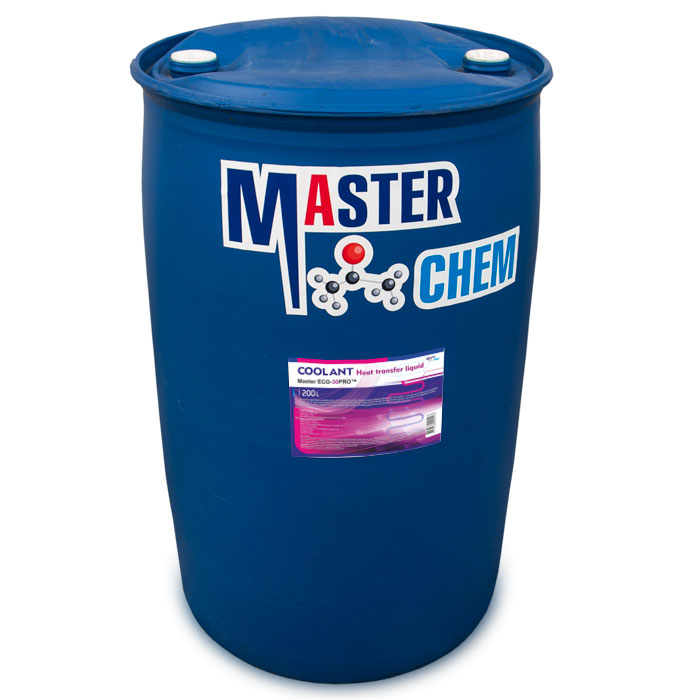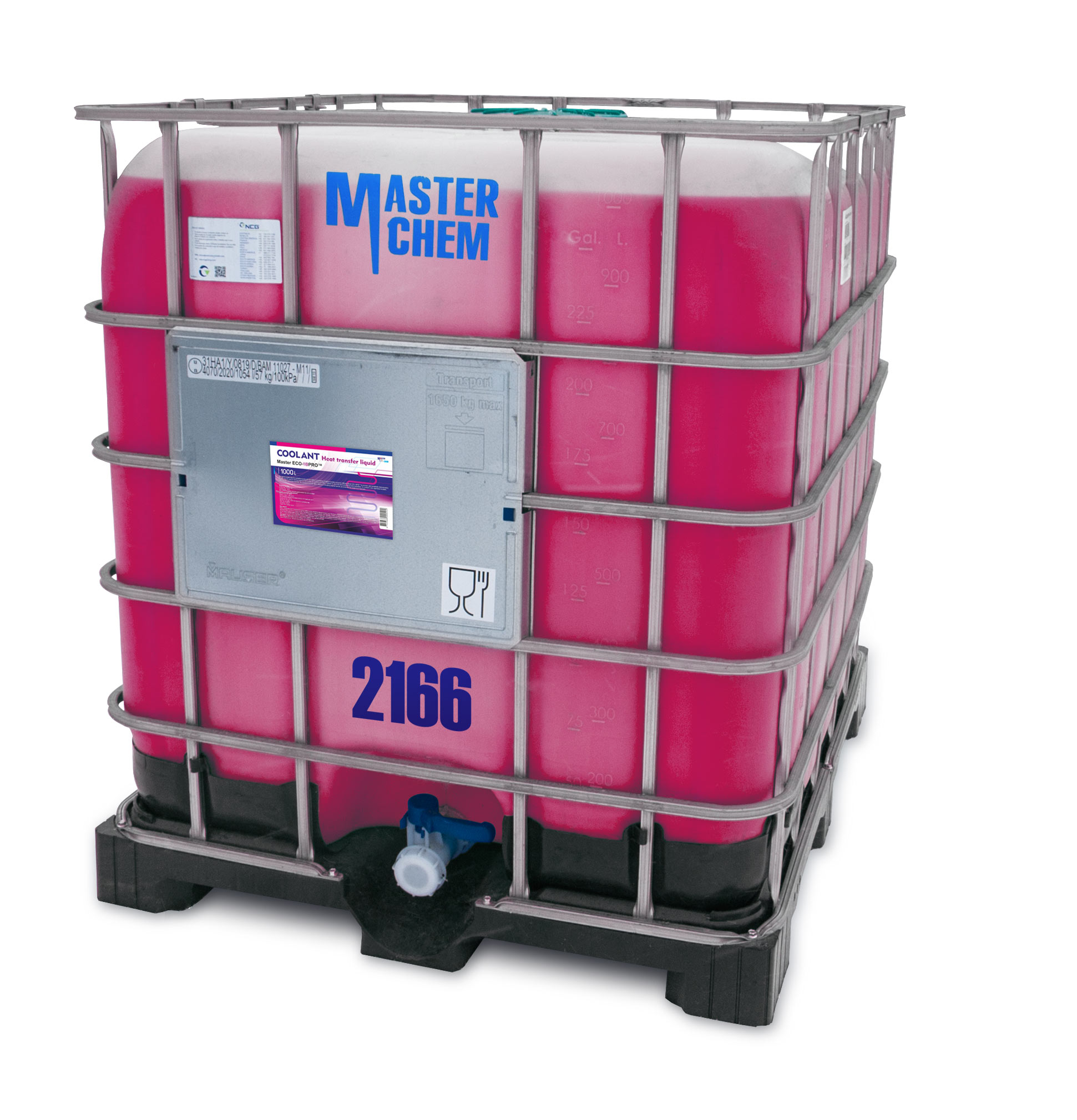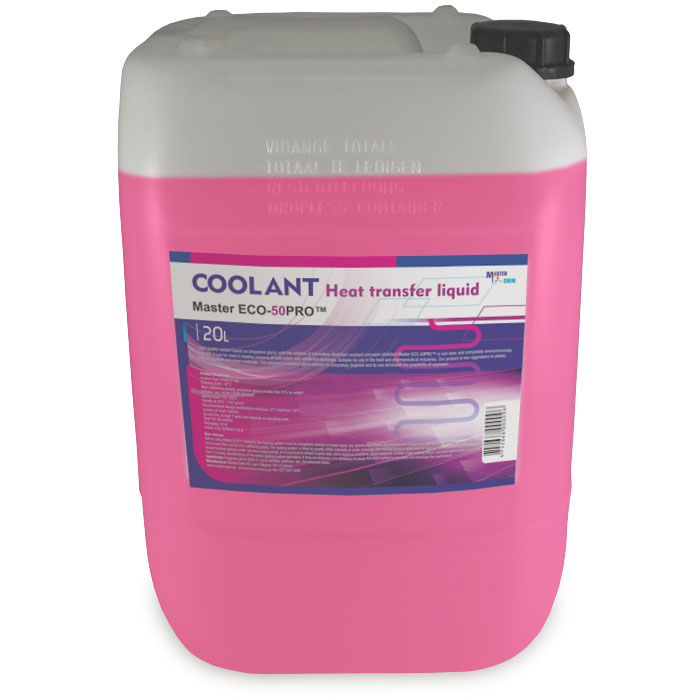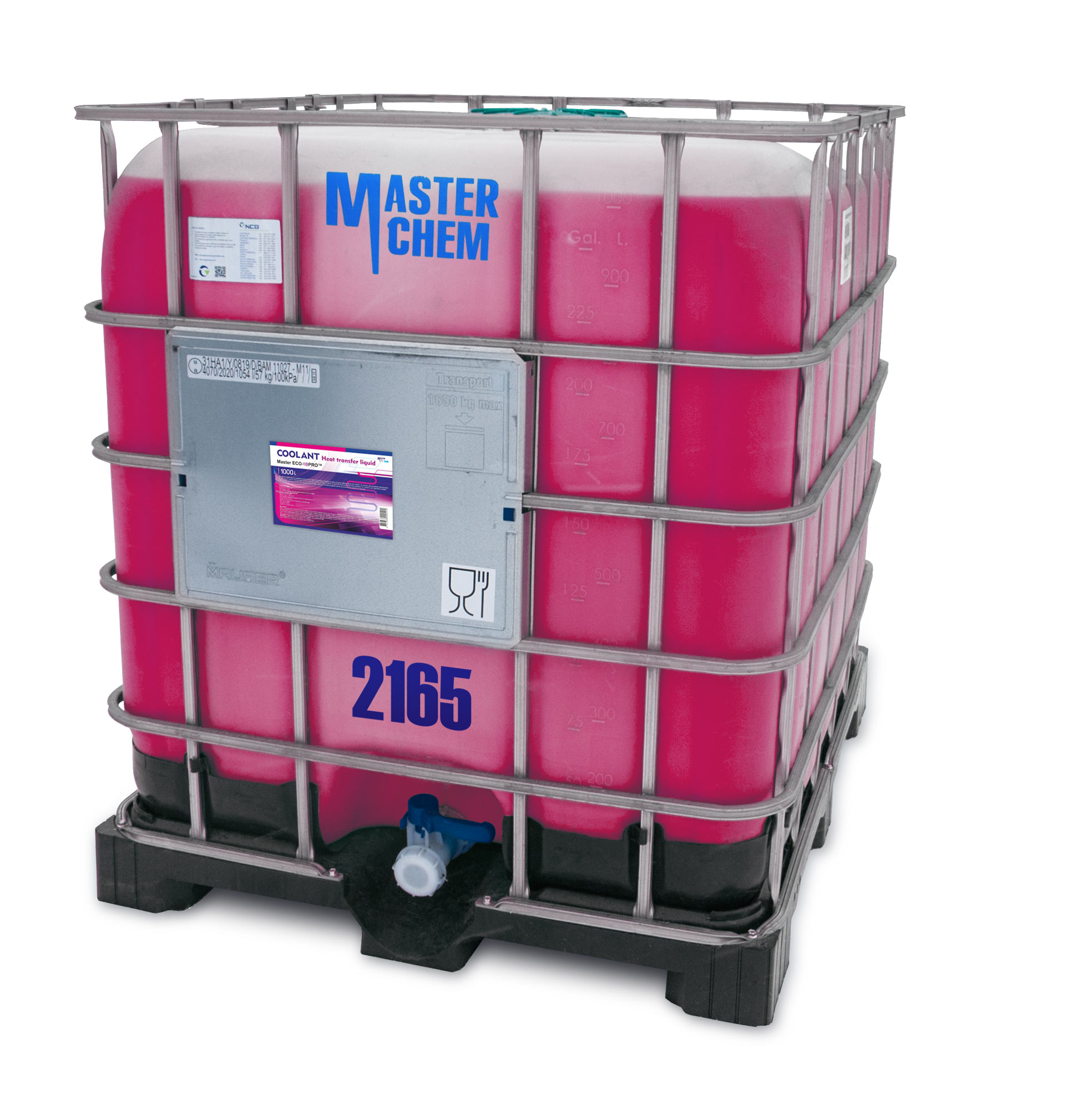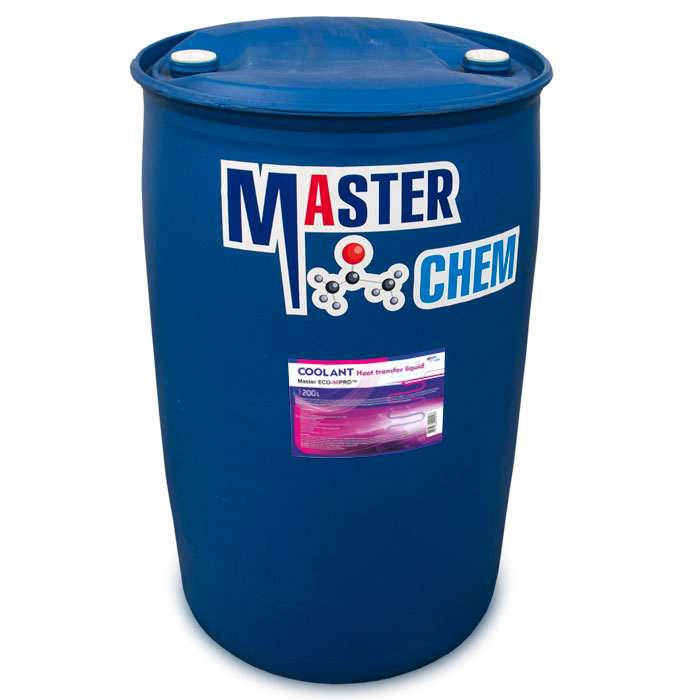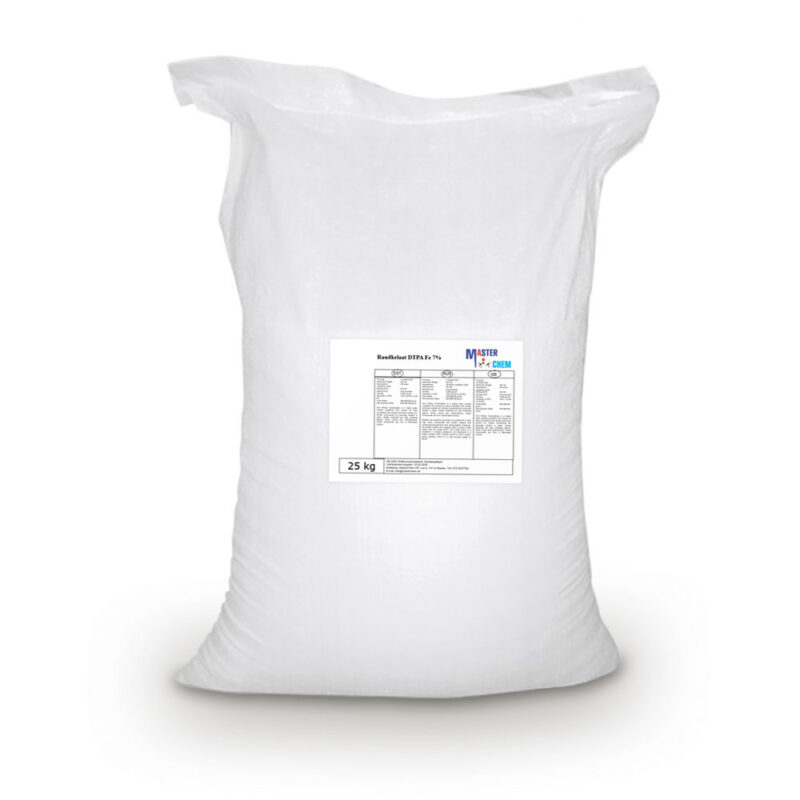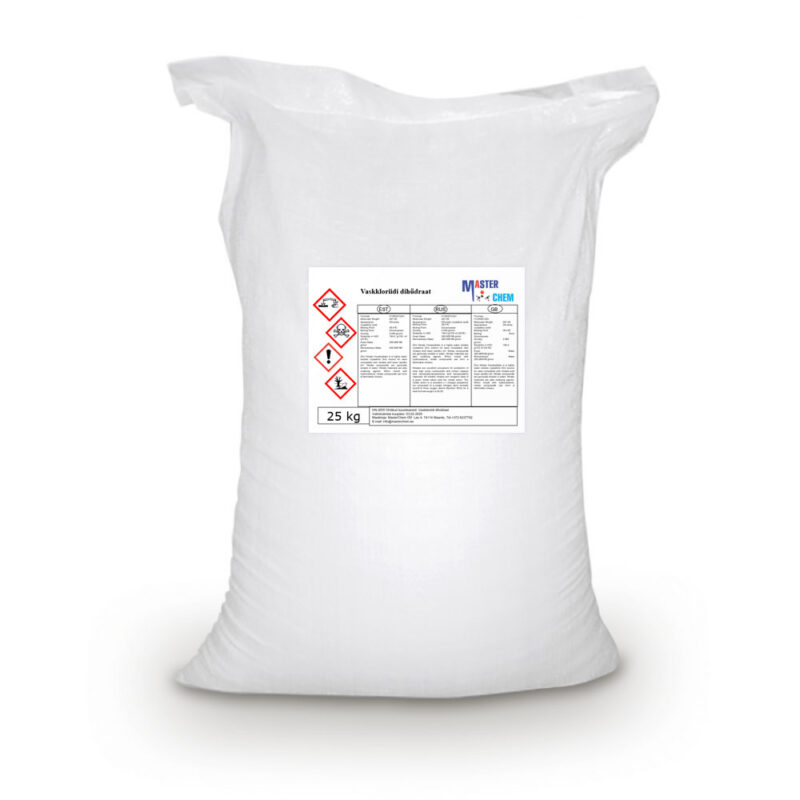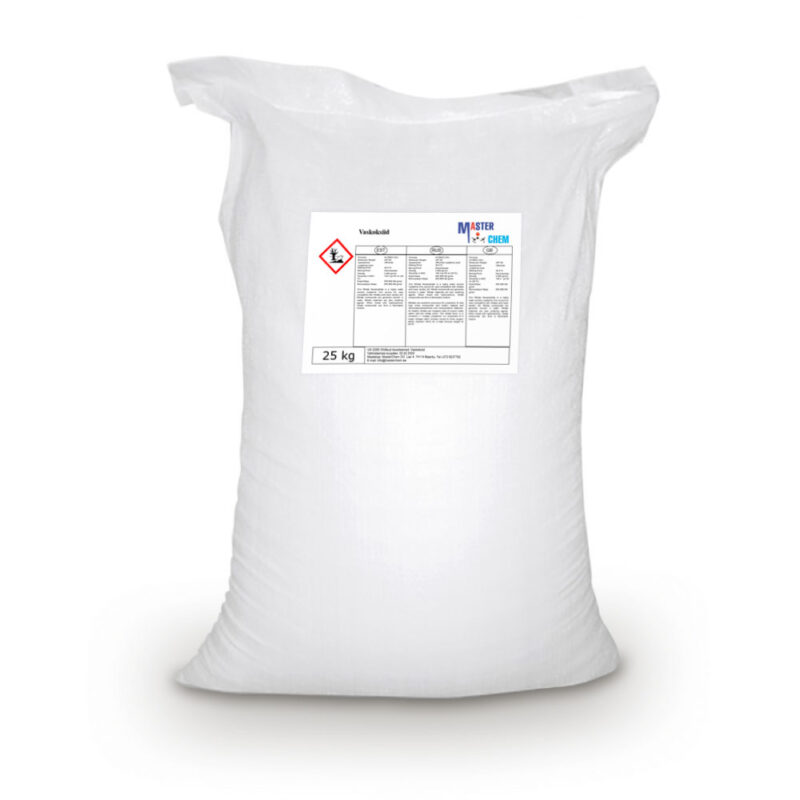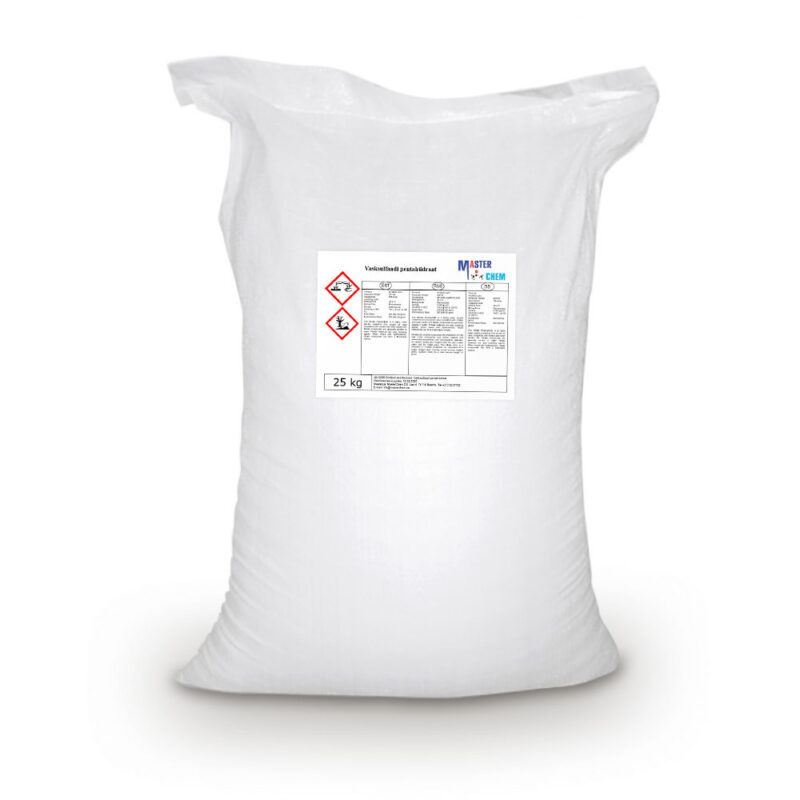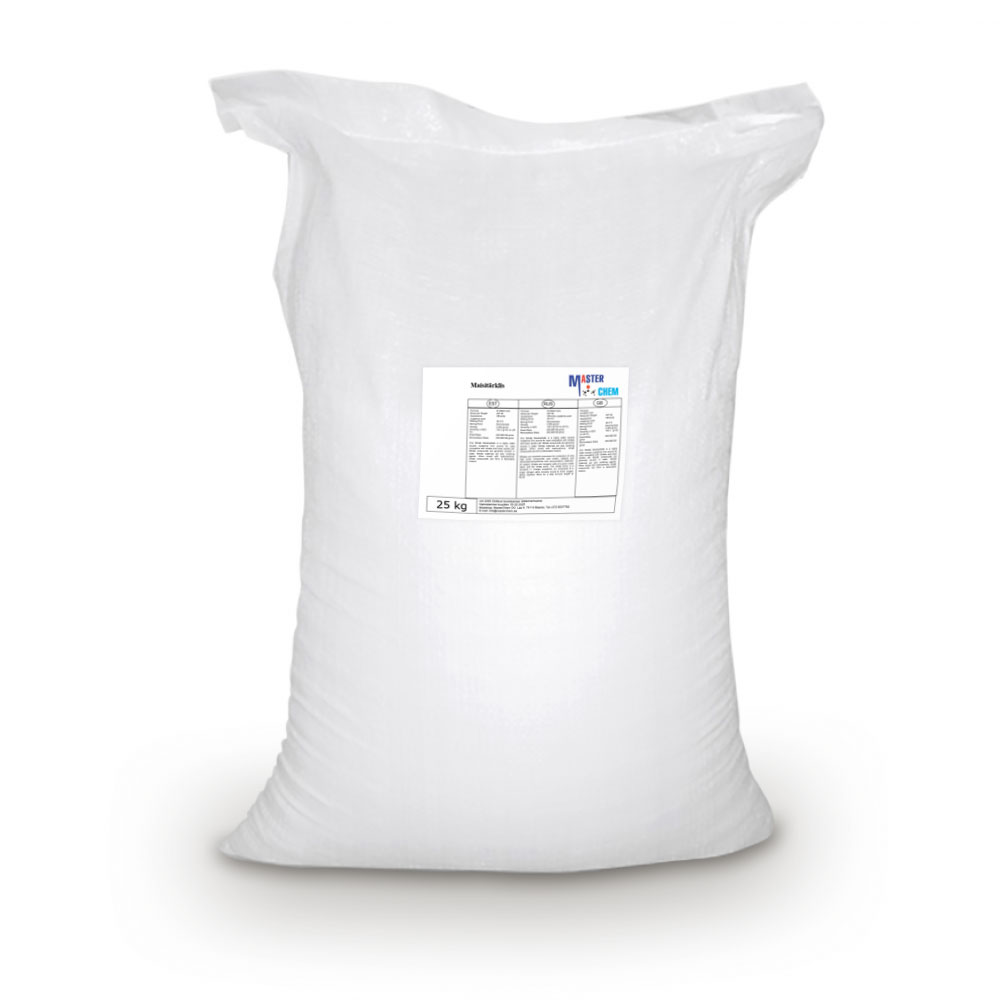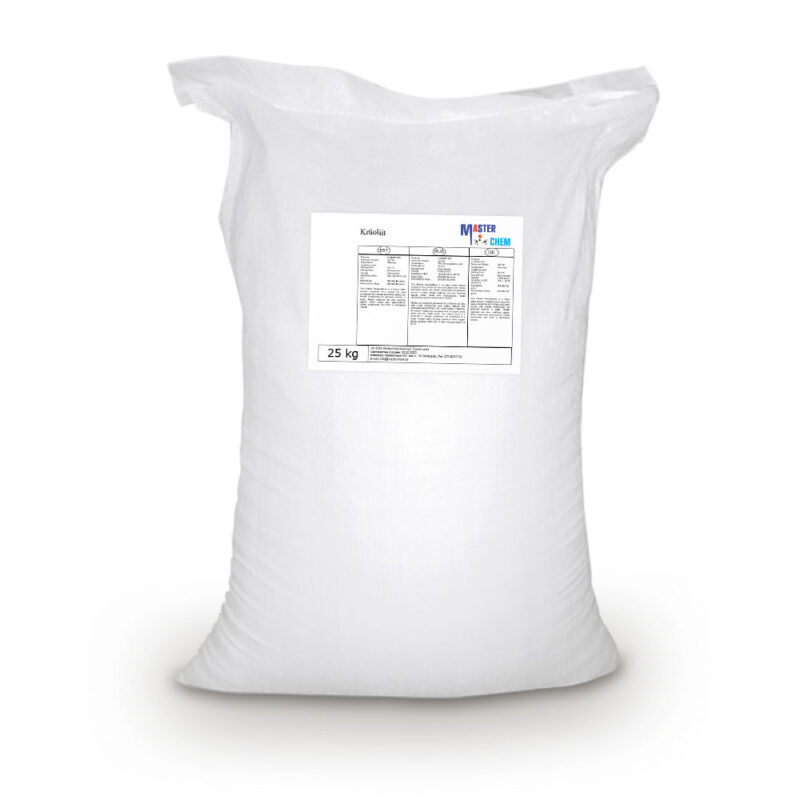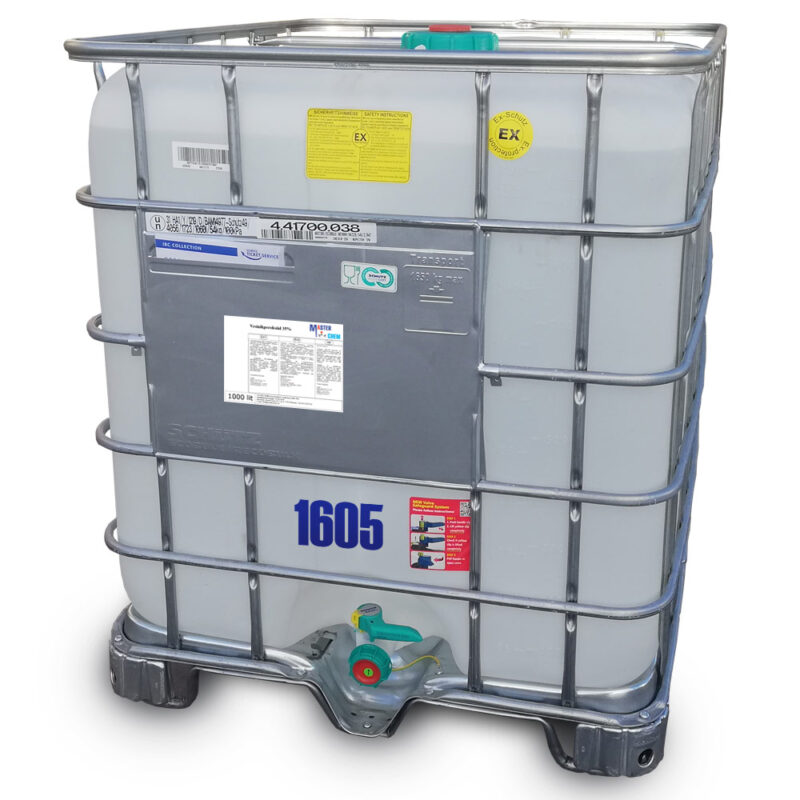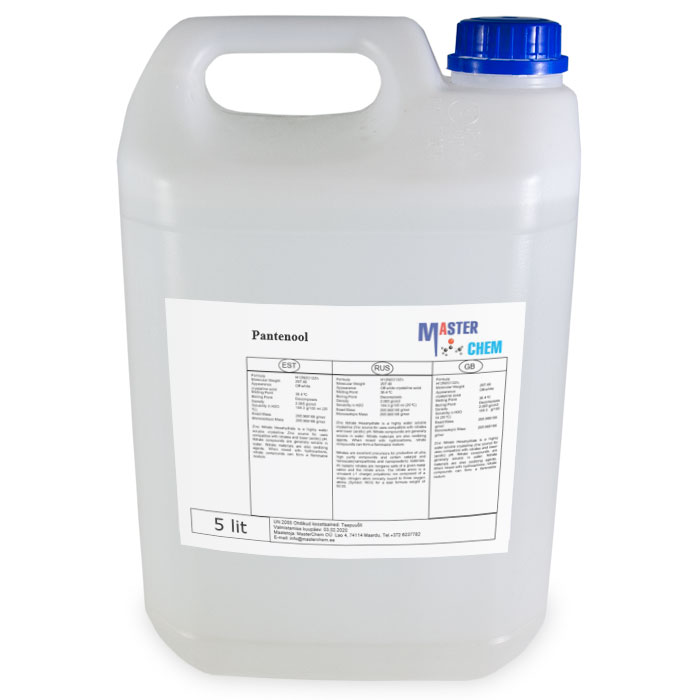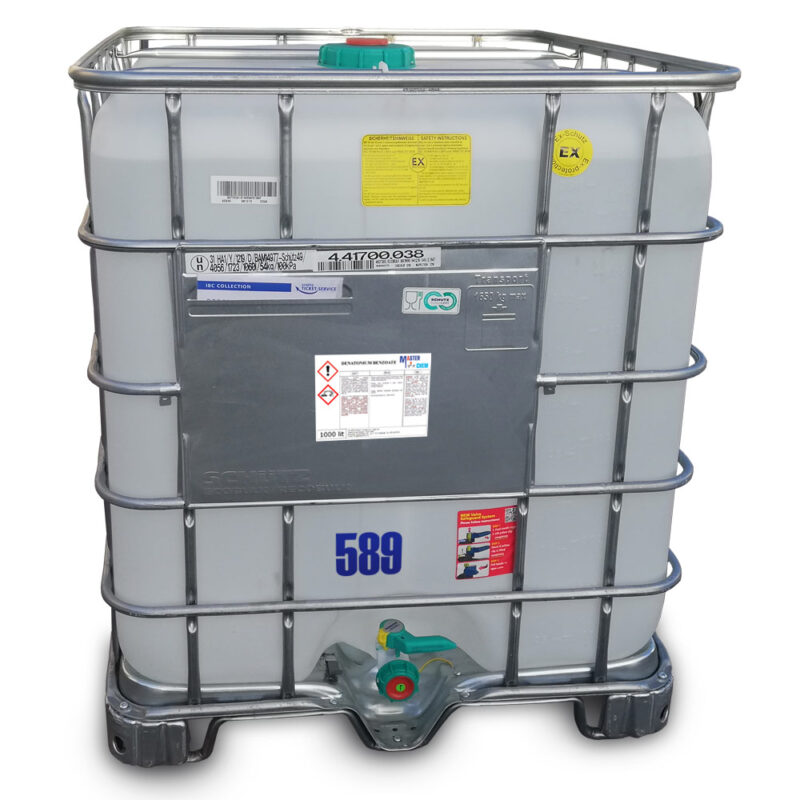Citric Acid Monohydrate (CAS 5949-29-1)
Citric Acid Monohydrate (CAS 5949-29-1)
Citric Acid Monohydrate is a tricarboxylic acid found in citrus fruits. Citric acid is used as an excipient in pharmaceutical preparations due to its antioxidant properties. It maintains stability of active ingredients and is used as a preservative. It is also used as an acidulant to control pH and acts as an anticoagulant by chelating calcium in blood.
Cobalt carbonate
Cobalt carbonate
Cobalt carbonate (CoCO3) is an ionic compound formed by cobalt and carbonate ions. In appearance, the compound is a pink crystalline substance that does not dissolve in water, but acids dissolve it. In nature, cobalt carbonate is found as spherocobaltite ore.
Cobalt chloride (CAS 7646-79-9)
Manganese chloride tetrahydrate (CAS 13446-34-9)
Cobalt(II) chloride is an inorganic compound of cobalt and chlorine, with the formula CoCl2. It is a red crystalline solid.
Because of the ease of the hydration/dehydration reaction, and the resulting color change, cobalt chloride is used as an indicator for water in desiccants.
Niche uses of cobalt chloride include its role in organic synthesis and electroplating objects with cobalt metal.
Cobalt chloride has been classified as a substance of very high concern by the European Chemicals Agency as it is a suspected carcinogen.
Cobalt oxide (CAS 1307-96-6)
Cobalt oxide (CAS 1307-96-6)
The applications of Er2O3 are varied due to their electrical, optical and photoluminescence properties. Nanoscale materials doped with Er3+ are of much interest because they have special particle-size-dependent optical and electrical properties. Erbium oxide doped nanoparticle materials can be dispersed in glass or plastic for display purposes, such as display monitors. The spectroscopy of Er3+ electronic transitions in host crystals lattices of nanoparticles combined with ultrasonically formed geometries in aqueous solution of carbon nanotubes is of great interest for synthesis of photoluminescence nanoparticles in ‘green’ chemistry. Erbium oxide is among the most important rare earth metals used in biomedicine. The photoluminescence property of erbium oxide nanoparticles on carbon nanotubes makes them useful in biomedical applications. For example, erbium oxide nanoparticles can be surface modified for distribution into aqueous and non-aqueous media for bioimaging. Erbium oxides are also used as gate dielectrics in semi conductor devices since it has a high dielectric constant (10–14) and a large band gap. Erbium is sometimes used as a coloring for glasses and erbium oxide can also be used as a burnable neutron poison for nuclear fuel.
Cobalt Sulphate (CAS 10026-24-1)
Cobalt Sulphate (CAS 10026-24-1)
Cobalt sulfates are important intermediates in the extraction of cobalt from its ores. Thus, crushed, partially refined ores are treated with sulfuric acid to give red-colored solutions containing cobalt sulfate.
Hydrated cobalt(II) sulfate is used in the preparation of pigments, as well as in the manufacture of other cobalt salts. Cobalt pigment is used in porcelains and glass. Cobalt(II) sulfate is used in storage batteries and electroplating baths, sympathetic inks, and as an additive to soils and animal feeds. For these purposes, the cobalt sulfate is produced by treating cobalt oxide with sulfuric acid.
Being commonly available commercially, the heptahydrate is a routine source of cobalt in coordination chemistry.
Cocoa butter (CAS 8002-31-1)
Cocoa butter (CAS 8002-31-1)
Cocoa butter, also called theobroma oil, is a pale-yellow, edible fat extracted from the cocoa bean (Theobroma cacao). It is used to make chocolate, as well as some ointments, toiletries, and pharmaceuticals. Cocoa butter has a cocoa flavor and aroma. Its melting point is slightly below human body temperature. It is an essential major ingredient of chocolate and related confectionary products.
Cocoamidopropyl betaine (CAS 61789-40-0)
Cocoamidopropyl betaine (CAS 61789-40-0)
Cocamidopropyl Betaine, or CAB/CAPB for short, is a widely-used amphoteric surfactant. It’s a mild coconut-derived active ingredient, increasingly used as an emulsifier, thickener, and foaming agent in various household detergents, personal care products, and cosmetics, especially in gentle baby care products, such as baby shampoos and baby bubble baths.
Thanks to its mildness and compatibility with other surfactants, Cocamidopropyl Betaine has been a popular choice as a primary or secondary surfactant in an extensive range of formulas. CAPB can have excellent synergistic effects with other surfactants in formulas, to achieve higher viscosity, richer foam, and lower irritation to the skin and eyes.
Coolant Master BIO-10PRO™ heat transfer liquid glycerine base
Coolant Master BIO-10PRO™ heat transfer liquid glycerine base
Master BIO-10PRO™ -jäähdytysnesteessä on kattava suoja jäätymistä ja korroosiota vastaan, poikkeuksellinen turvallisuusprofiili ympäristölle ja ihmisille sekä yleinen käyttö elintarviketeollisuuden eri aloilla. Voidaan käyttää sekä julkisten että asuinrakennusten lämmitysjärjestelmissä. Sen glyseriinipohja ei ainoastaan takaa tehokkaan lämmönsiirron, vaan myös edistää järjestelmän komponenttien voitelua ja huoltoa. Älä vahingoita kumista, muovista, valuraudasta, teräksestä tai alumiiniseoksista valmistettuja tuotteita. Valmistettu glyseriiniliuos on täysin tulenkestävä ja sen käyttö eliminoi räjähdysvaaran.
Tämä tuote on erinomainen valinta niille, jotka etsivät luotettavaa, korkealaatuista jäähdytysnestettä, joka täyttää kestävän kehityksen tavoitteet.
Coolant Master BIO-20PRO™ heat transfer liquid glycerine base
Coolant Master BIO-20PRO™ heat transfer liquid glycerine base
Master BIO-20PRO™ coolant features comprehensive protection against freezing and corrosion, an exceptional safety profile for the environment and humans, and universal application in various sectors of the food industry. Can be used in heating systems of both public and residential buildings. Its glycerin base not only ensures efficient heat transfer but also promotes lubrication and maintenance of system components. Do not damage products made of rubber, plastic, cast iron, steel, or aluminum alloys. The prepared glycerin solution is completely fireproof and its use eliminates the possibility of explosion.
This product is an excellent choice for those looking for a reliable, high-quality coolant that meets sustainability goals.
Coolant Master BIO-30PRO™ heat transfer liquid glycerine base
Coolant Master BIO-30PRO™ heat transfer liquid glycerine base
Master BIO-30PRO™ coolant features comprehensive protection against freezing and corrosion, an exceptional safety profile for the environment and humans, and universal application in various sectors of the food industry. Can be used in heating systems of both public and residential buildings. Its glycerin base not only ensures efficient heat transfer but also promotes lubrication and maintenance of system components. Do not damage products made of rubber, plastic, cast iron, steel, or aluminum alloys. The prepared glycerin solution is completely fireproof and its use eliminates the possibility of explosion.
This product is an excellent choice for those looking for a reliable, high-quality coolant that meets sustainability goals.
Coolant Master BIO-40PRO™ heat transfer liquid glycerine base
Coolant Master BIO-40PRO™ heat transfer liquid glycerine base
Master BIO-40PRO™ coolant features comprehensive protection against freezing and corrosion, an exceptional safety profile for the environment and humans, and universal application in various sectors of the food industry. Can be used in heating systems of both public and residential buildings. Its glycerin base not only ensures efficient heat transfer but also promotes lubrication and maintenance of system components. Do not damage products made of rubber, plastic, cast iron, steel, or aluminum alloys. The prepared glycerin solution is completely fireproof and its use eliminates the possibility of explosion.
This product is an excellent choice for those looking for a reliable, high-quality coolant that meets sustainability goals.
Coolant Master ECO-10PRO™ heat transfer liquid
Coolant Master ECO-10PRO™ heat transfer liquid
High-quality coolant based on propylene glycol, with the addition of innovative, depletion-resistant corrosion inhibitors.
Master ECO-10PRO™ is non-toxic and completely environmentally friendly; it can be used in heating systems of both public and residential buildings. Suitable for use in the food and pharmaceutical industries.
Our product is non-aggressive to plastic, textiles, rubber, and other materials.
The prepared propylene glycol solution is completely fireproof and its use eliminates the possibility of explosion.
Coolant Master ECO-20PRO™ heat transfer liquid
Coolant Master ECO-20PRO™ heat transfer liquid
High-quality coolant based on propylene glycol, with the addition of innovative, depletion-resistant corrosion inhibitors.
Master ECO-20PRO™ is non-toxic and completely environmentally friendly; it can be used in heating systems of both public and residential buildings. Suitable for use in the food and pharmaceutical industries.
Our product is non-aggressive to plastic, textiles, rubber, and other materials.
The prepared propylene glycol solution is completely fireproof and its use eliminates the possibility of explosion.
Coolant Master ECO-30PRO™ heat transfer liquid
Coolant Master ECO-30PRO™ heat transfer liquid
High-quality coolant based on propylene glycol, with the addition of innovative, depletion-resistant corrosion inhibitors.
Master ECO-30PRO™ is non-toxic and completely environmentally friendly; it can be used in heating systems of both public and residential buildings. Suitable for use in the food and pharmaceutical industries.
Our product is non-aggressive to plastic, textiles, rubber, and other materials.
The prepared propylene glycol solution is completely fireproof and its use eliminates the possibility of explosion.
Coolant Master ECO-40PRO™ heat transfer liquid
Coolant Master ECO-40PRO™ heat transfer liquid
High-quality coolant based on propylene glycol, with the addition of innovative, depletion-resistant corrosion inhibitors.
Master ECO-40PRO™ is non-toxic and completely environmentally friendly; it can be used in heating systems of both public and residential buildings. Suitable for use in the food and pharmaceutical industries.
Our product is non-aggressive to plastic, textiles, rubber, and other materials.
The prepared propylene glycol solution is completely fireproof and its use eliminates the possibility of explosion.
Coolant Master ECO-50PRO™ heat transfer liquid
Coolant Master ECO-50PRO™ heat transfer liquid
High-quality coolant based on propylene glycol, with the addition of innovative, depletion-resistant corrosion inhibitors.
Master ECO-50PRO™ is non-toxic and completely environmentally friendly; it can be used in heating systems of both public and residential buildings. Suitable for use in the food and pharmaceutical industries.
Our product is non-aggressive to plastic, textiles, rubber, and other materials.
The prepared propylene glycol solution is completely fireproof and its use eliminates the possibility of explosion.
Copper chelate EDTA 15% (CAS 14025-15-1)
Copper chelate EDTA 15% (CAS 14025-15-1)
Copper chelate EDTA 15% is a chelated single micronutrient fertilizer of high purity. Thanks to its unique patented raspberry-shaped microgranule, it is dust free, easy flowing and it dissolves rapidly. It is recommended to cure Copper deficiency on all crops.
– Suitable for organic farming in compliance with European Regulation (EU) 2018/848
– Cures Copper deficiency – shown as curled – small new leaves
– Copper 100% chelated and fully available up to a pH of 9
– Developed for foliar application. Also suitable for fertigation in open field and greenhouses
– Soft for leaf tissue
Copper chloride dihydrate (CAS 10125-13-0)
Copper chloride dihydrate (CAS 10125-13-0)
Copper(II) chloride is the chemical compound with the chemical formula CuCl2. The anhydrous form is yellowish brown but slowly absorbs moisture to form a blue-green dihydrate.
Both the anhydrous and the dihydrate forms occur naturally as the very rare minerals tolbachite and eriochalcite, respectively.
Copper oxide (CAS 1317-38-0)
Copper oxide (CAS 1317-38-0)
Copper(II) oxide or cupric oxide is an inorganic compound with the formula CuO. A black solid, it is one of the two stable oxides of copper, the other being Cu2O or copper(I) oxide (cuprous oxide). As a mineral, it is known as tenorite. It is a product of copper mining and the precursor to many other copper-containing products and chemical compounds.
As a significant product of copper mining, copper(II) oxide is the starting point for the production of other copper salts. For example, many wood preservatives are produced from copper oxide.
Cupric oxide is used as a pigment in ceramics to produce blue, red, and green, and sometimes gray, pink, or black glazes.
It is incorrectly used as a dietary supplement in animal feed. Due to low bioactivity, negligible copper is absorbed.
A copper oxide electrode formed part of the early battery type known as the Edison–Lalande cell. Copper oxide was also used in a lithium battery type (IEC 60086 code “G”).
Copper Sulphate Pentahydrate (CAS 7758-99-8)
Copper Sulphate Pentahydrate (CAS 7758-99-8)
Copper(II) sulfate, also known as copper sulphate, are the inorganic compounds with the chemical formula CuSO4(H2O)x, where x can range from 0 to 5. The pentahydrate (x = 5) is the most common form. Older names for this compound include blue vitriol, bluestone, vitriol of copper, and Roman vitriol.
The pentahydrate (CuSO4·5H2O), the most commonly encountered salt, is bright blue. It exothermically dissolves in water to give the aquo complex [Cu(H2O)6]2+, which has octahedral molecular geometry. The structure of the solid pentahydrate reveals a polymeric structure wherein copper is again octahedral but bound to four water ligands. The Cu(II)(H2O)4 centers are interconnected by sulfate anions to form chains. Anhydrous copper sulfate is a light grey powder.
Corn starch
Corn starch
Corn starch, maize starch, or cornflour (British English) is the starch derived from corn (maize) grain. The starch is obtained from the endosperm of the kernel. Corn starch is a common food ingredient, often used to thicken sauces or soups, and to make corn syrup and other sugars. Corn starch is versatile, easily modified, and finds many uses in industry such as adhesives, in paper products, as an anti-sticking agent, and textile manufacturing. It has medical uses as well, such as to supply glucose for people with glycogen storage disease.
Cryolite (CAS 13775-53-6)
Cryolite (CAS 13775-53-6)
Sodium hexafluoroaluminate is a biochemical for proteomics research. It is used as a flux agent or bath material by aluminum smelters in the production of aluminum. It is also used in the production of synthetic resins for abrasives and in the manufacture of cutting or grinding discs. Minor uses are as a coloring agent (opacifier) in the glass, ceramic and pyrotechnic industries. It occurs naturally as the mineral cryolite, which is used extensively in the industrial production of aluminium.
Store in cool place. Keep container tightly closed in a dry and well-ventilated place. Store at room temperature.
D-Panthenol (CAS 81-13-0)
D-Panthenol (CAS 81-13-0)
Panthenol (also called pantothenol) is the alcohol analog of pantothenic acid (vitamin B5), and is thus a provitamin of B5. In organisms, it is quickly oxidized to pantothenic acid. It is a viscous transparent liquid at room temperature. Panthenol is used in pharmaceutical and cosmetic products as a moisturizer and to improve wound healing.
Panthenol is an odourless, slightly bitter, highly viscous, transparent, and colourless liquid at room temperature, but salts of pantothenic acid (for example sodium pantothenate) are powders that are typically white. It is easily soluble in water and alcohol, moderately soluble in diethyl ether, soluble in chloroform (1:100), in propylene glycol, and slightly soluble in glycerin.
Denatonium benzoate (CAS 3734-33-6)
Other names: denatonium, denatonium benzoate, bitterant-b, bitter+plus, bitrex, bitterant.
Denatonium, usually available as denatonium benzoate (under trade names such as BITTERANT-b, BITTER+PLUS, Bitrex or Aversion) and as denatonium saccharide (BITTERANT-s), is the most bitter chemical compound known, with bitterness thresholds of 0.05 ppm for the benzoate and 0.01 ppm for the saccharide. It was discovered in 1958 during research on local anesthetics by MacFarlan Smith of Edinburgh, Scotland, and registered under the trademark Bitrex
CAS 3734-33-6

